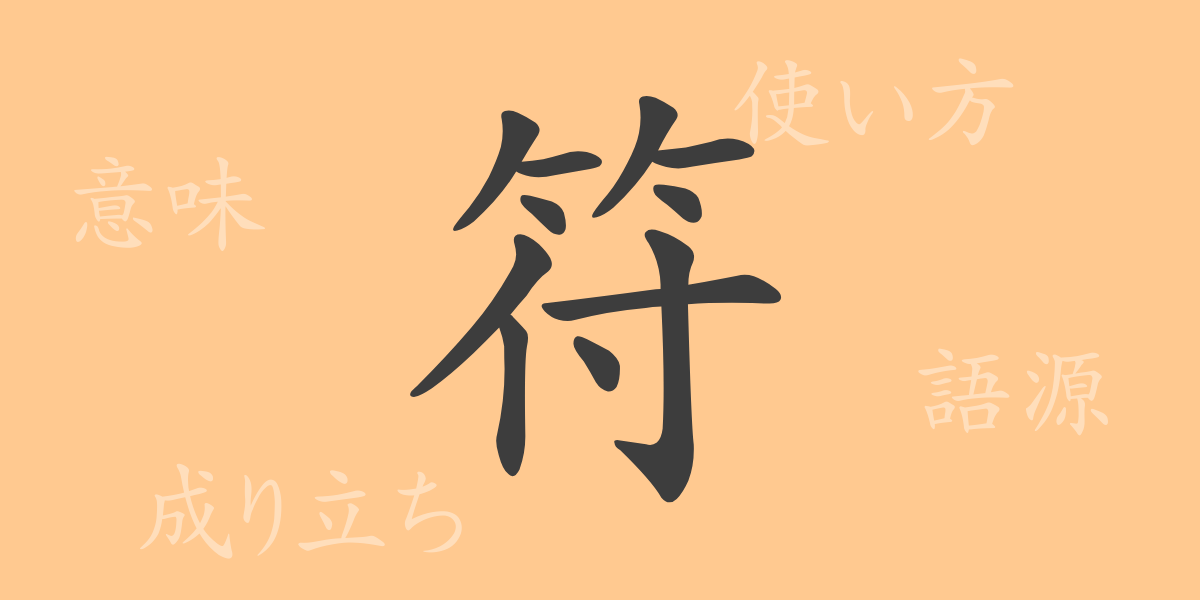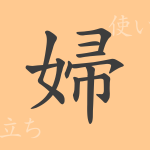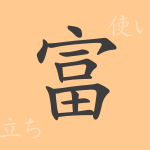In the Japanese language, there are numerous Kanji characters rich in meaning, and among them, the character “符” (fu) is particularly versatile in its usage. In this article, we will delve into the charm of “符” (fu), exploring its origins and modern-day applications. While it may be a character you encounter in daily life, opportunities to understand its background are rare. Let’s dive into the details of “符” (fu) and uncover its significance.
The Origins of 符 (fu)
Tracing the origins of the Kanji character “符” (fu) takes us back to ancient China. Originally, it referred to the practice of splitting bamboo or wood in half and giving one piece to another party as a marker for later verification. This kind of marker was called “符牒” (futou), which was used as a token of promises or contracts, leading to the current meanings associated with “符” (fu).
The Meaning and Usage of 符 (fu)
The Kanji character “符” (fu) carries meanings such as matching or coinciding, as seen in terms like “合符” (goufu) and “符合” (fugou). Additionally, it also signifies an amulet or talisman for protection, known as “お守り” (omamori). Thus, “符” (fu) is used in contexts of matching, coincidence, and protection. In modern times, it also represents tokens or tickets, embodying the idea of a representative proof.
Reading, Stroke Count, and Radical of 符 (fu)
The Kanji character “符” (fu) is part of the common-use Kanji in Japan. Let’s look into its readings and structure:
- Reading: On’yomi (音読み) is “フ” (fu); there is no Kun’yomi (訓読み).
- Stroke Count: 11 strokes in total.
- Radical: 竹 (takekanmuri), meaning bamboo.
Idioms, Phrases, and Proverbs Using 符 (fu)
Here are some idioms and phrases that use the character “符” (fu):
- 合符 (goufu) – Two things that fit perfectly together.
- 符号 (fugou) – A prearranged signal or code.
- 護符 (gofu) – An amulet for protection against misfortune.
- 符合 (fugou) – Two things that match or coincide.
- 符丁 (futei) – A token used in inns in the past as proof of lodging.
These idioms and phrases are used in daily conversation, literature, and business contexts, playing significant roles in their respective settings.
Summary of 符 (fu)
The Kanji character “符” (fu) has been deeply intertwined with human life and culture since ancient times, far beyond what its simple form might suggest. From tokens of contracts to protective amulets and various modern-day codes, “符” (fu) embodies a wide range of meanings, showcasing the richness of Japanese expression. We hope this article helps you appreciate the depth of history and meaning behind “符” (fu), further enhancing your understanding of the Japanese language.

























